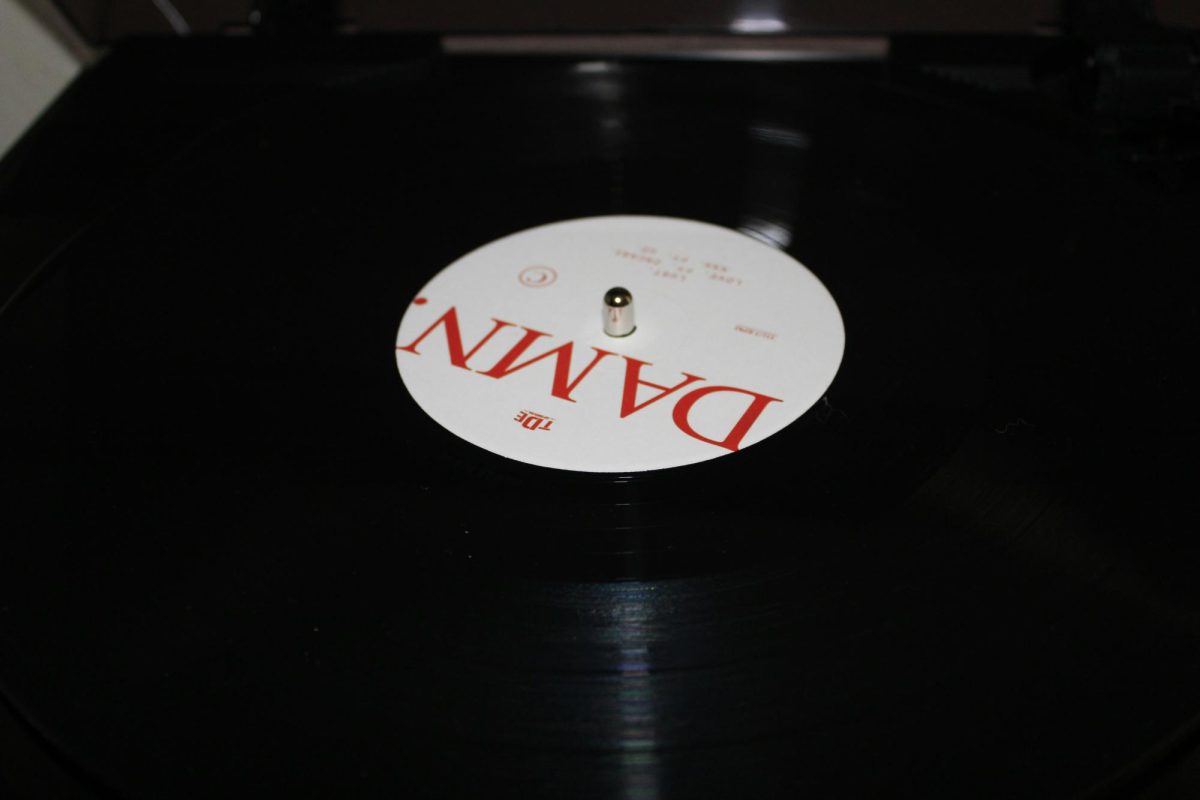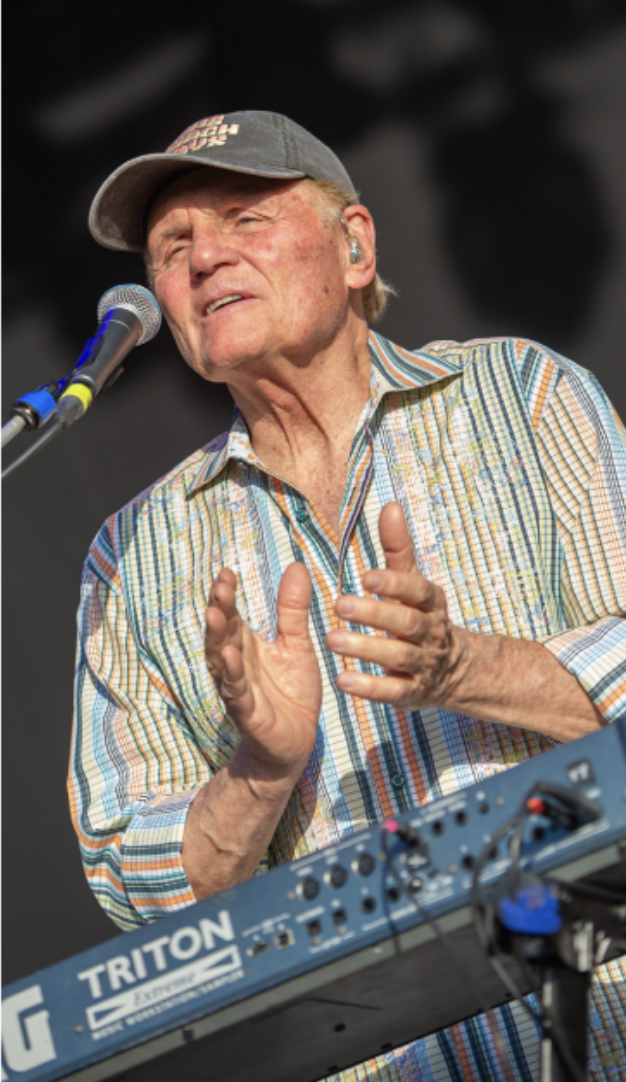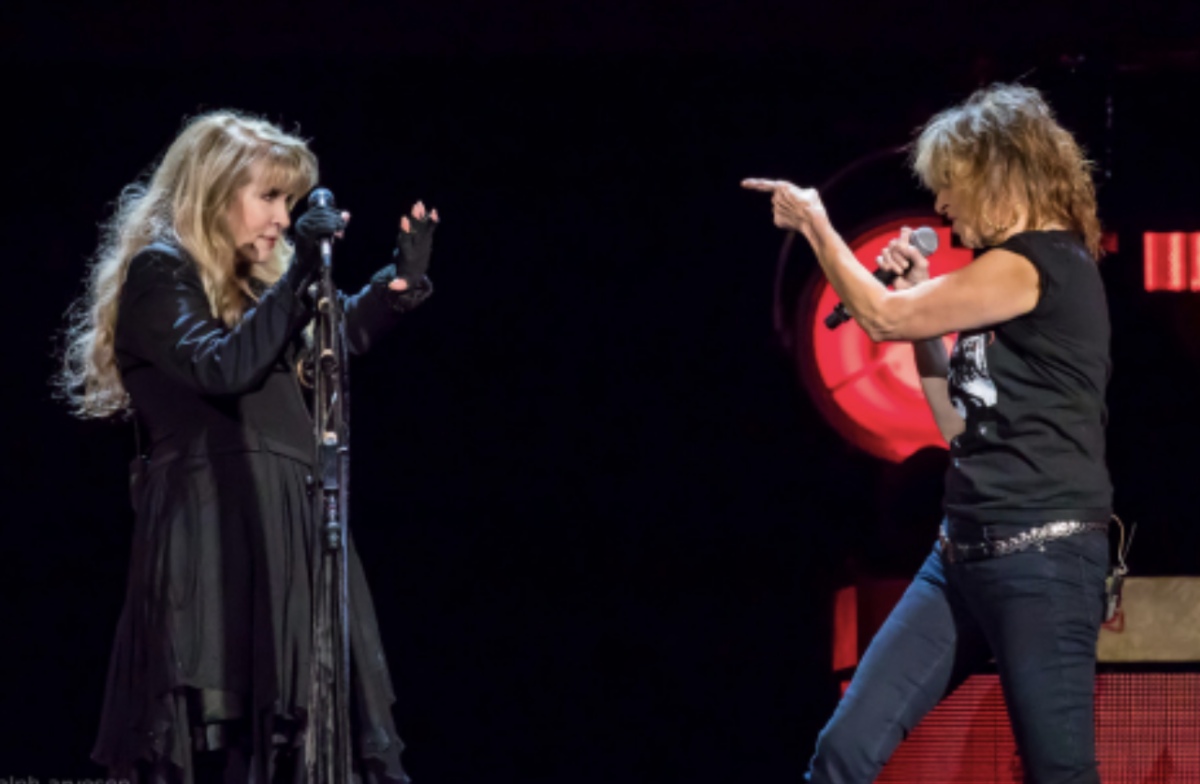
When music videos came into existence, storytelling was suddenly as important as a song’s musical elements. Music became a visual experience, a production of performers and entertainers, rather than just singers. Music videos told a story, complete with a beginning, middle and end.
Music video production and consumption first gained popularity in 1981 with the launch of MTV, a 24- hour music television channel. The first video broadcasted on the platform was The Buggles’ “Video Killed the Radio Star.” Many other artists followed suit and MTV gradually became an influential outlet for discovering music.
In the 1990’s, MTV’s focus shifted from music videos to reality television. It wasn’t until 2005, with the debut of YouTube, that music videos made a comeback. YouTube remains one of the most popular platforms for publishing and viewing music videos, with releases such as Luis Fonsi’s “Despacito” receiving as many as eight billion views. However, many find that music videos are no longer as prominent as they once were.
Freshman Kelly Matthews of Middletown observes the lack in popularity of music videos in recent years.
“I feel they’re not as big of a deal as they were when I was younger… I just don’t see a lot of hype about them recently,” Matthews said.
As music videos have declined in popularity, their content and style has also evolved. Long gone are extravagant productions with intricate dance routines, outfits, and makeup. This change is evident when comparing nearly any of Britney Spears’ music videos from the early 2000’s to those of a more modern artist, such as Lorde, whose videos are often very simple with minimal characters and choreography.
Sophomore Maddy Demaree of Ocean Township has noticed this shift.
“There’s not really dancing in music videos anymore because it’s less of a production,” Demaree said. “A large job for dancers used to be dancing in music videos and now it’s not really popular anymore.”
With so many other ways for artists to advertise and release their music, it seems as though music videos are no longer a priority, nor are they critical to a song’s success. Streaming platforms, such as Spotify, have made music more accessible. Short-form video apps, such as TikTok, have also contributed to short attention spans.
In 2004, the average attention span on a screen was two and a half minutes, according to Dr. Gloria Mark, a professor at the University of California. The average attention span has decreased to 47 seconds, making it less appealing to watch a long music video. For this reason, most artists have transitioned to using social media platforms, such as Instagram or Tiktok, to advertise their music.
While there are a number of factors that have played a role in the evolution of music videos, their decline is evident.
“I don’t really watch as many music videos as I used to. They just aren’t as relevant or promoted anymore,” Demaree said.









